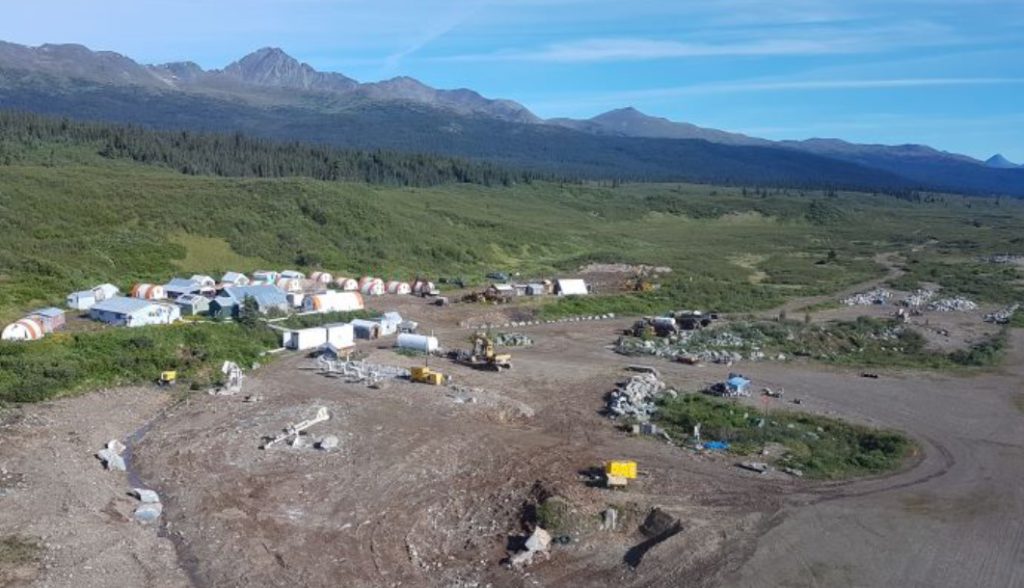Kutcho Copper lowers predicted carbon dioxide intensity to 1.3 kg per kilogram CuEq


Kutcho Copper (TSXV: KC; OTC: KCCFF) is predicting a 1.3 kg carbon dioxide per kilogram of copper-equivalent for GHG emissions from its high-grade Kutcho copper-zinc development project in northwest British Columbia. During an 11-year project life, the mine and mill are expected to produce 533 million lb. of copper, 841 million lb. of zinc, 10.6 million oz. of silver, and 129,700 oz. of gold.
“We are proud to have been able to deliver a feasibility design for the Kutcho project that has resulted in a low GHG intensity of 1.3 kg CO₂/kg CuEq inclusive of all construction and closure requirements,” said Kutcho Copper president and CEO Vince Sorace. “Based on public reports, other comparative carbon intensity reporting measures place Kutcho below the median of B.C. operating mines despite many of those mines have the added benefit of hydroelectricity sourced grid power as compared to Kutcho’s reliance on site LNG generator sourced power.”
Measuring GHG intensity against total copper output, does not consider the production of zinc, silver, and gold. Therefore, Kutcho has chosen to measure against copper-equivalent production. The estimate covers the entire project lifecycle beginning with construction, through operation, land to end of closure and compares favourable to other copper producers around the globe.
Kutcho engineers also see the potential for further GHG reduction at the project. They might commission building a hydroelectric line to the site or use geothermal sourced grid power. Electrification of the underground mining fleet would cut ventilation capital and costs, as well as air heating requirements. They are also considering the potential to develop carbon dioxide sequestration technology that would take advantage of the local theoleiitic basalt, which would be mined in the proposed open pit.
The Kutcho project is based on measured and indicated resources of 22.8 million tonnes grading 2.3% CuEq, containing 1.1 billion lb. CuEq (765 million lb. copper and 1.1 billion tonnes zinc). The inferred resource is 12.9 million tonnes at 1.62% CuEq, containing 460 million lb. CuEq (312 million lb. copper and 447 million lb. zinc. The project h as an after-tax net present value with a 7% discount of $536 million, and the internal rate of return is 30.5% after-tax. A green light for construction to begin is not expected before the second half of 2026.
The 43-101 compliant feasibility study is available at www.Kutcho.ca.
Comments